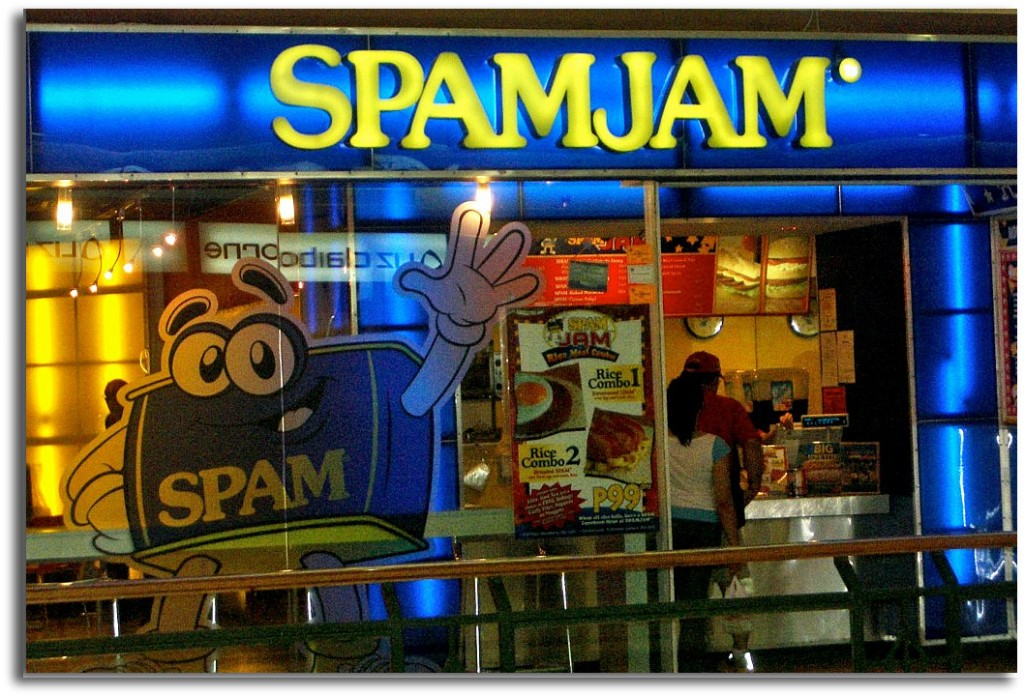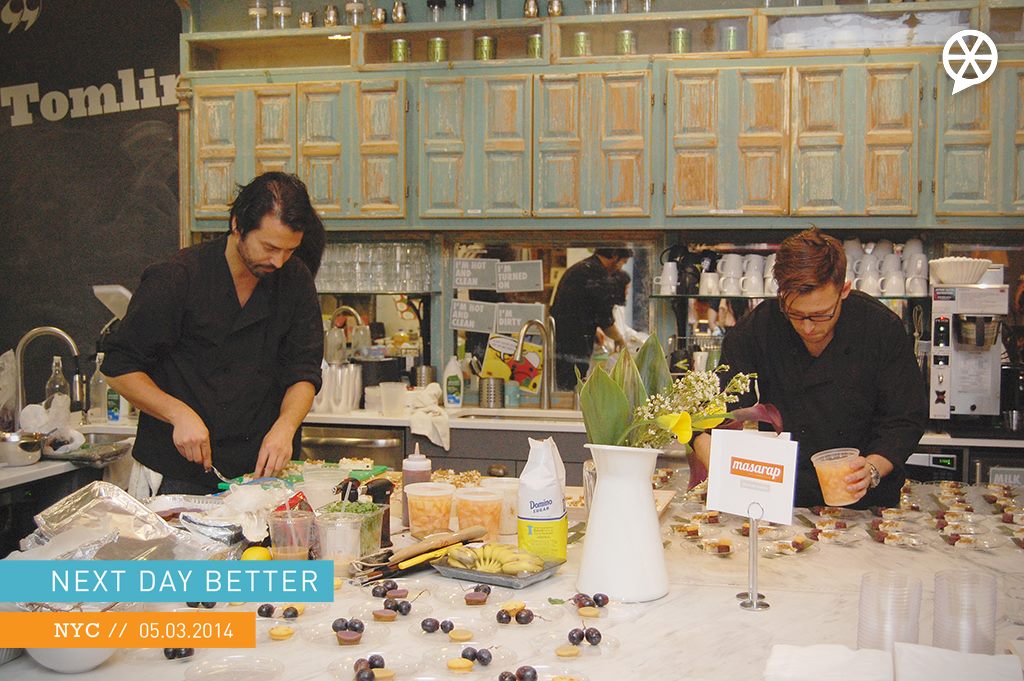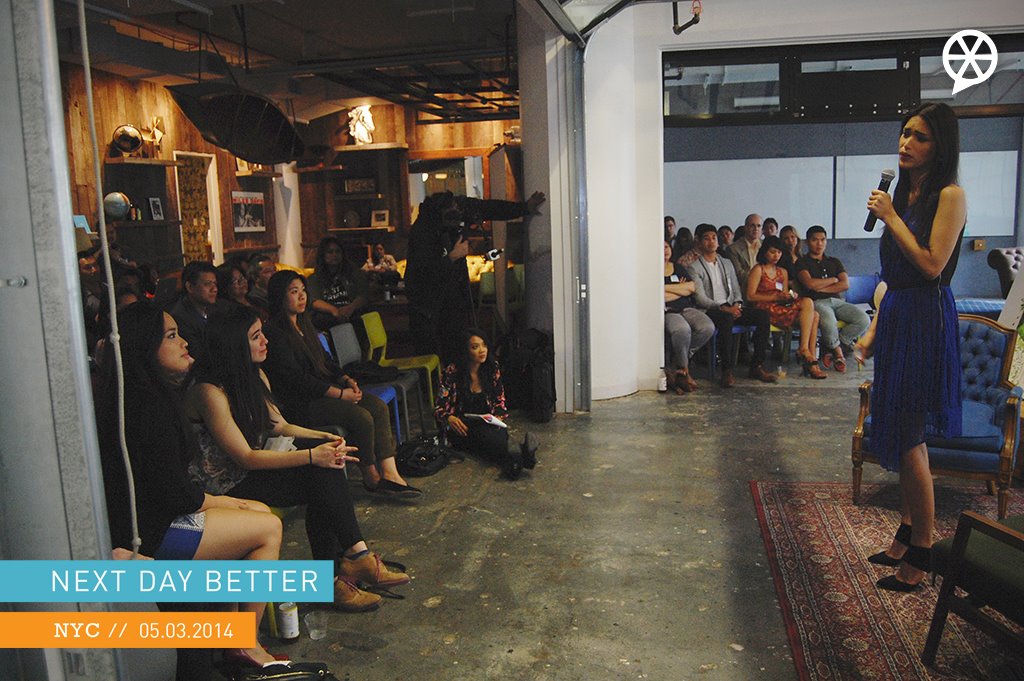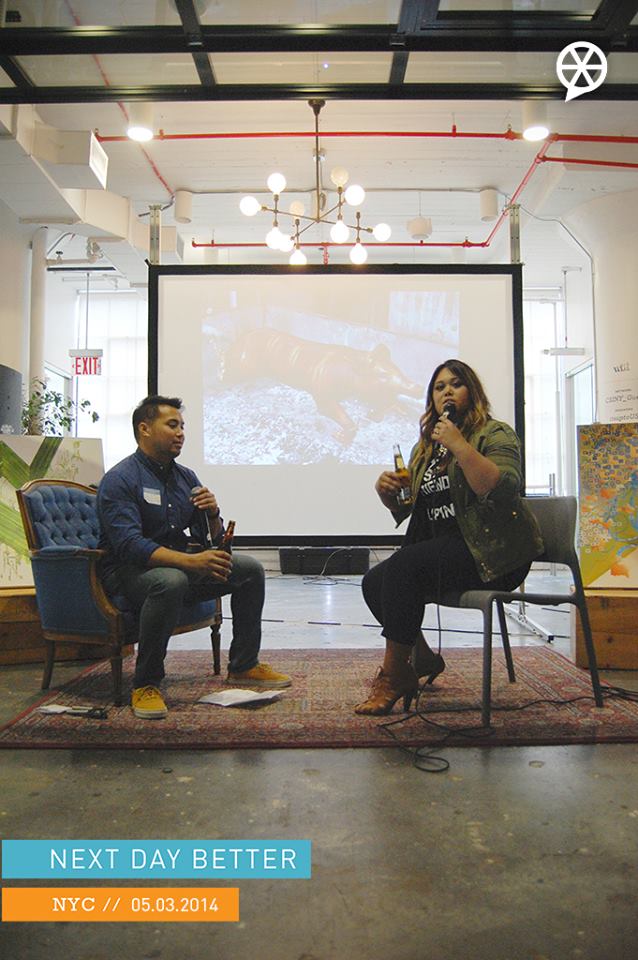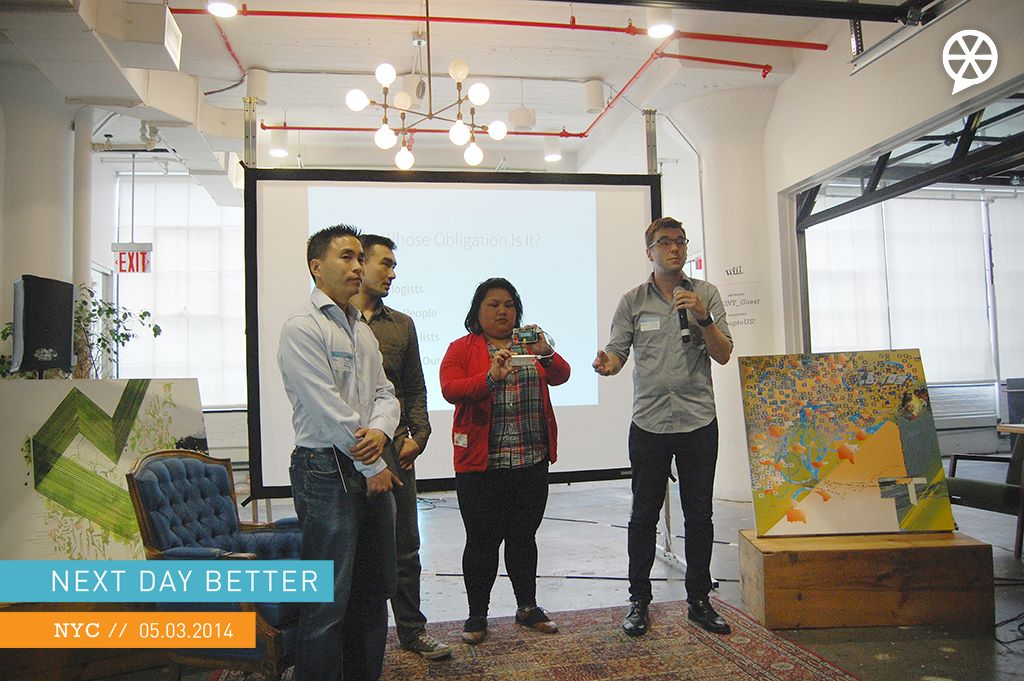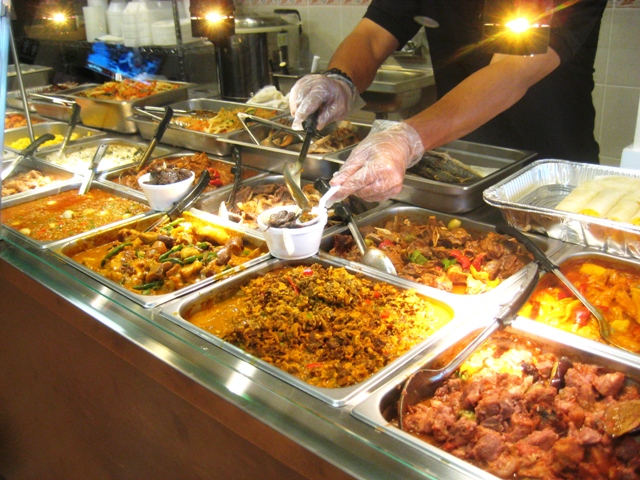Bongga! Tell a Pilipino crowd to get dressed up for a party, and you’ll find us doing just that... and some.
I had the pleasure of attending this year’s An Evening In Manila, a black tie affair hosted by Maharlika Filipino Moderno and Jeepney Filipino Gastropub that celebrated Philippine independence and benefitted one of my absolute favorite organizations, ARK (Advancement for Rural Kids). For one night in late May, a mansion on the Upper East Side in New York City was the setting for a showcase of amazing Pilipino-inspired hors d’oeuvres, networking with the who’s who among advocates and social do-gooders within the Pilipino community, and some “get outta my way, that DJ is playing my sooooongggg”-type of dancing.
The crowd was not only raising money to fund feeding programs in rural communities in the Philippines, but also raising the bar when it came to fashion and style. There was a competition for best dressed male and female of the night, and that might have influenced some outfits but I must say, that was one handsome room. See for yourself.
At the last minute, I ditched the bow tie I was planning to wear that night for a piece that was buried within all my other ties. I remembered I had this one neck piece that I bought to wear with the barong I wore to my high school senior prom (yup, that happened). I really don’t remember the last time I had worn it, mostly because it’s an odd-looking piece that doesn’t really go with anything. I always thought it was simple yet loud, classy yet eccentric, bold yet endearing. A single white pearl sat in the middle of it, almost acting as the period in the fashion statement that the neckpiece itself was.
I truly believe that fashion and style have the power to tell stories, and there is always thought, whether conscious or subconscious, that goes into the clothes one picks to wear on any given day. On that night, I suppose that neck piece was a cool thing to wear to a Pilipino-themed event. I mean, the Philippines is the “pearl of the orient” after all, right? Yet, thinking about it more after, I’d like to think that it was a bit more than that.
Just as the neckpiece was buried underneath all the other ties I have, sometimes our Pilipino-ness gets buried too. I know for me, it often times does. It’s always there, yet over time, our environments and situations cover it up. We adapt, we assimilate, we fit in. That’s not a bad thing at all - in fact, I think these are totally essential to growing as a person, but I think the part that gets lost most times is: we remember. In the words of Philippine National Hero, Jose Rizal:
Ang hindi marunong lumingon sa pinanggalingan ay hindi makararating sa paroroonan.
or:
"He who does not look back from where he came will never reach his destination."
We don’t need to be waving Philippine flags, but I think that getting in touch with our Pilipino-ness every now and then is always good. It’s not all of who we are, but certainly a part of who we are, and it’s something that we should remember and celebrate. Whether it’s making a quick stop to Maharlika or Jeepney for a reminder of what your lola’s cooking tastes like, watching a documentary or reading an essay on immigration legislation, or even trying to incorporate cool Pinoy fashion elements into your style, it’s a way to remember.
Maybe hold off on the Ifugao loincloths for Casual Friday at the office though. No one's trying to remember seeing you in that.
(Suit and Tie by author)




